- Messages
- 709
[size=10pt]Husbandry changes when using SAND as a substrate[/size]
First and foremost it must be said that particle substrate can cause impaction. Please consider this before using sand as a substrate.
Is it the main cause of impaction? In my opinion definitely not.
If you are going to use sand as a substrate first you must consider basic reptilian biology. Reptiles are ectotherms, meaning they require an external source to regulate their body heat and subsequently their metabolism. This in turn affects all functions of their organs as well as digestion. Impaction is caused when particles are "jammed up" in their digestive tracts causing the specimen to be unable to pass the particles as fecal matter. It is imperative that the specimens metabolism is operating at the optimum level in order for them to be able to digest food and pass fecal matter. Particles can get jammed in their digestive tract whether it's food or otherwise without them being able to have a proper metabolic rate. So in other words it is not just particle substrate that can cause impaction reptiles can get impacted from food intake (all reptiles not just dragons).
It also must be noted that not all particle substrate are safe due to their differing composition. The only "safe" particle in my opinion is the one that's most natural, millions of years of evolution has already taken care of that for us (there's no need to change it). It is not advisable to use any particle substrate that has "binding" properties or substrate that is too sharp/jagged.
Example of unsuitable particle substrates
Calci sand = binding
Vita sand = binding
Alfalfa pellets = binding
Walnut = jagged/sharp
Crushed shells = jagged/sharp
Suitable substrate
Playsand
"true" dessert sand (this sand is not sharp and the particles are actually quite rounded in shape due to wind erosion)
For those that want to take it a step further and be more natural in the duplication of the Australian Terra, the formula is: 60% safe sand, 20% excavator clay, 20% loam or just 70% safe sand 30% excavator clay.
Husbandry changes for Sand
Temperature
Temperature is the most crucial part of reptile husbandry not just in using particle substrate but in all aspects of husbandry. Reptiles being ectotherms, everything starts with correct temperatures. When using particle substrate it is crucial that the basking temperatures are correct if not slightly higher than recommended for non particle substrate husbandry. This will allow the specimen to reach it's PBT (preferred body temperature). A Bds PBT is around the 37-39c mark, providing a basking spot which allows the specimen to reach this would ensure optimum metabolism. This will ensure that the digestive capabilities is also working at the optimum levels and all ingestion of particles food or otherwise is properly processed. When using sand it is advisable to have a basking spot of at least 45c. This will enable the dragon to reach it's PBT. Care must be taken to ensure that there is still a proper thermal gradient within the enclosure so the specimen can get away from the heat when it needs to cool down. There must be a sufficient cool end in the enclosure of at most 25c. The hydration needs of the specimen must also be taken into consideration when running a slightly hotter enclosure.
Feeding
To prevent the accidental ingestion of particle substrate all that is need is a bit of common sense. First ensure that the feed bowl is away or above the particle substrate. This can easily be done by placing a piece of wood or tile on the substrate on which the food bowl can be placed. Please ensure that the feeding platform has legs to either elevate it above the substrate or enough so it does not trap/fall on the specimen should the dragon dig under it. It can double up as a hide as well if it has struts. When feeding live prey the specimen can be taken out of the enclosure and fed in a separate container not containing particle substrate, this may not be needed if upon observation the specimen is a "competent" hunter.
Hygiene
This has been a constant point against the use of particle substrate. "It's like living in a litter box... it's unhygienic...", this is true if you don't clean. It has also been argued that there is no possible way to get all the fecal matter out of the sand and there will always be remnants of it, well guess what tiles are porous. How many people fall into the false sense of confidence that simply wiping the tiles cleaning agent means it clean, it's not unless the tile is sealed or you take the tile out, fully disinfect it with veterinary grade cleaner and scrub it it's not "clean". With a bit of hard work sand substrate can be as hygienic as any non particle substrate, it just takes a bit of care if your willing put the work in that is. The practise should be that a 5 inch radius of sand is taken out around the fecal matter, all the way to the bottom of the enclosure, all soiled sand must be taken out. It is also imperative that once a month all sand is taken out, the enclosure scrubbed and cleaned with veterinary grade disinfectant and replaced with fresh sand. That's all it takes to keep sand hygienic for the specimen. Now, some people believe that sand harbours parasites. This is false sand is naturally bacterially innate, nothing grows on pure sand, not mold, not fungus, ever seen a mushroom or mold growing on sand even if its damp? Parasitic introduction to the specimen is induced by other means, usually through the feeders or food. Coccida does not live in sand naturally.
That's all there is to it a bit of "common sense" really.
Now some people question whether sand is natural to them, they are quick to mention that they live in claypans and not sand. One problem with that is clay pans only occur on dried up lakes, how many of those do you think are in Australia? I am not disputing that they do but the natural wild population of BDs that occur in claypans is actually quite minute. For this to be true all of inland Australia would have to be a dried up lake.
What I will provide is photographic evidence of the natural landscape of Australia and where the dragons can be found. This is what the majority of dragons live in, you decide whether you think it has "sand" contents or not.
Red Desert/Clay pans and Terra
This is probably the most controversial notion of the Australian Terra the so called "red deserts" that the BDs live in.
The first pic is of an actual dried up lake containing the "claypans"
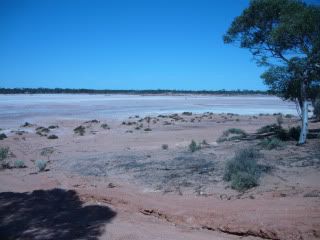
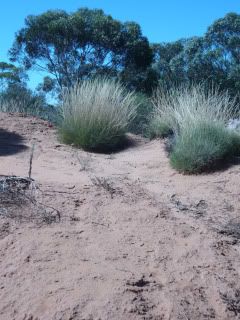

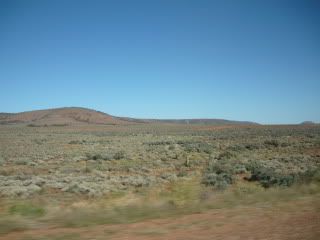
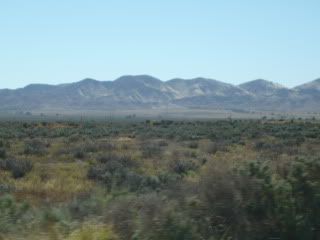
Ground coverage
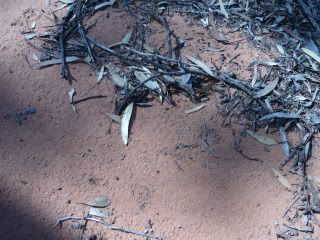
This photo was taken 50m away from the first pic of the lake.
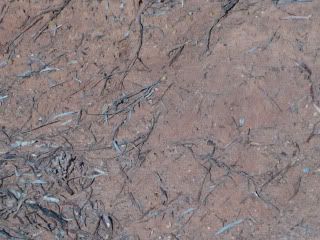
b]Eucalyptus Forrest and Terra[/b]


Ground coverage
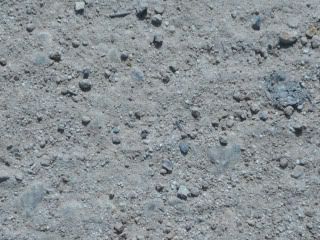
Heath/grasslands and Terra
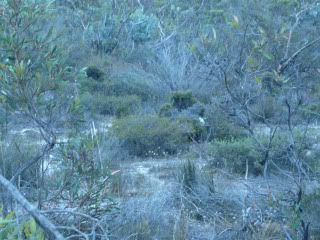
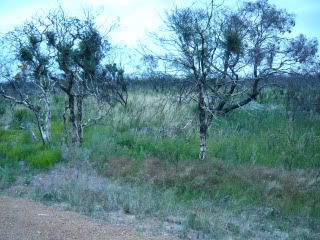
Ground coverage
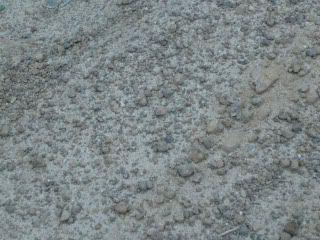
I hope I have made it clear through photographic evidence what the "natural" BD territory Terra is really like, as you can see the majority of the ground coverage actually has "high" particle content and not hard clay.
For any more specific question please don't be shy to send me a PM and I will try and answer them to the best of my knowledge.
Cheers,
 , Renee that's fine we don't need to put the caresheet in the original post as long as all the relative info is somewhere in the thread. I just want to provie people with all the information at hand for them to make an informative decision on which way they want to go with their husbandry. The substrate link is particularly usefull.
, Renee that's fine we don't need to put the caresheet in the original post as long as all the relative info is somewhere in the thread. I just want to provie people with all the information at hand for them to make an informative decision on which way they want to go with their husbandry. The substrate link is particularly usefull.